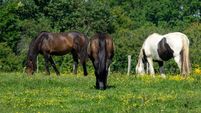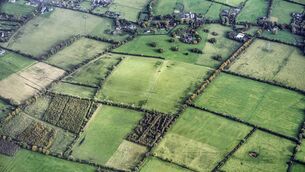Census vital to agricultural planning
But at the end of next month all farmers will receive a questionnaire and an information booklet that will require their full attention because the cumulative replies given will have an important bearing on the planning for their industry in the years ahead.
The documentation will relate to the 2010 Census of Agriculture, which will be conducted by the Central Statistics Office (CSO) on June 1 and co-ordinated from its Cork office.













